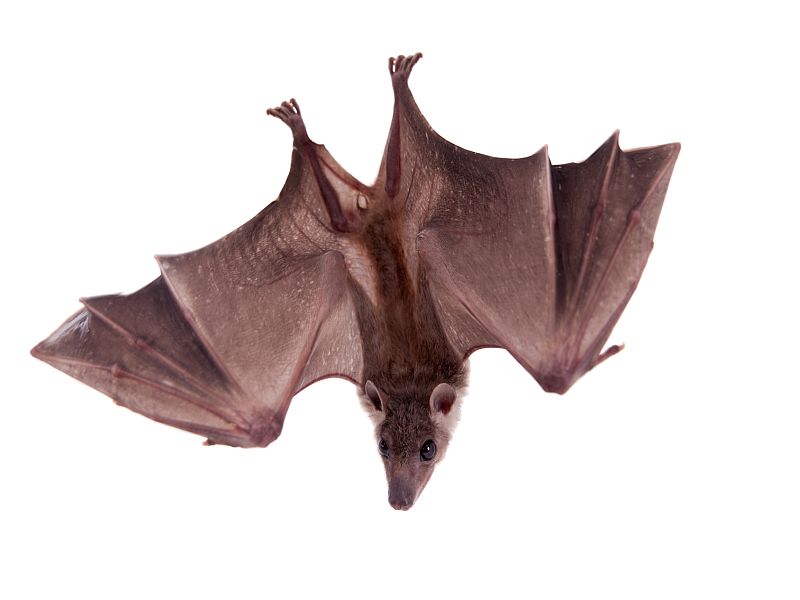- Navigating Your Midlife Crisis: Embracing New Possibilities
- City Raccoons Showing Signs of Domestication
- Mapping the Exposome: Science Broadens Focus to Environmental Disease Triggers
- One Week Less on Social Media Linked to Better Mental Health
- Your Brain Changes in Stages as You Age, Study Finds
- Some Suicide Victims Show No Typical Warning Signs, Study Finds
- ByHeart Formula Faces Lawsuits After Babies Sickened With Botulism
- Switch to Vegan Diet Could Cut Your Greenhouse Gas Emissions in Half
- Regular Bedtime Does Wonders for Blood Pressure
- Dining Alone Could Mean Worse Nutrition for Seniors
SARS-like Virus in Bats Could Jump to Humans


A newly identified SARS-like virus in bats appears to be able to jump to humans without mutation, new research suggests.
However, it’s not yet clear whether it would then be able to spread from person to person, the researchers said.
A worldwide outbreak of Severe Acute Respiratory Syndrome (SARS) in 2002-2003 was caused by a coronavirus that jumped from animals to humans. That outbreak resulted in 8,000 infections and nearly 800 deaths, the researchers noted.
“Studies have predicted the existence of nearly 5,000 coronaviruses in bat populations, and some of these have the potential to emerge as human pathogens,” senior study author Ralph Baric, from the University of North Carolina at Chapel Hill, said in a university news release.
“So this is not a situation of ‘if’ there will be an outbreak of one of these coronaviruses, but rather when and how prepared we’ll be to address it,” Baric added.
Baric and his colleagues looked at how the SARS-like virus in Chinese horseshoe bats behaves. They found that it enters the bodies of bats and humans in the same way. The researchers also noted that this virus replicates as well as the SARS virus in primary human lung cells, the preferred target for infection.
There is no treatment for the newly discovered SARS-like virus, the researchers said.
The findings are important in light of ongoing debate over a U.S. government decision that considerably slows the development of vaccines or treatments for potentially dangerous coronaviruses, the researchers said.
Baric said “building resources, rather than limiting them, to both examine animal populations for new threats and develop therapeutics is key for limiting future outbreaks.”
The study was published Nov. 9 in Nature Medicine.
More information
The U.S. Centers for Disease Control and Prevention has more about SARS.
Source: HealthDay
Copyright © 2025 HealthDay. All rights reserved.










